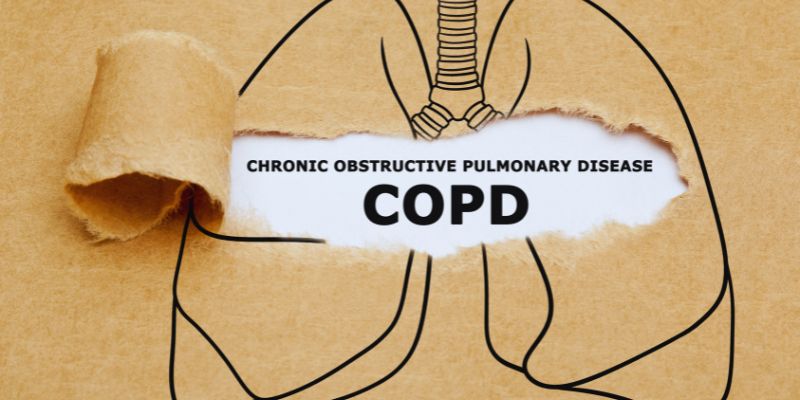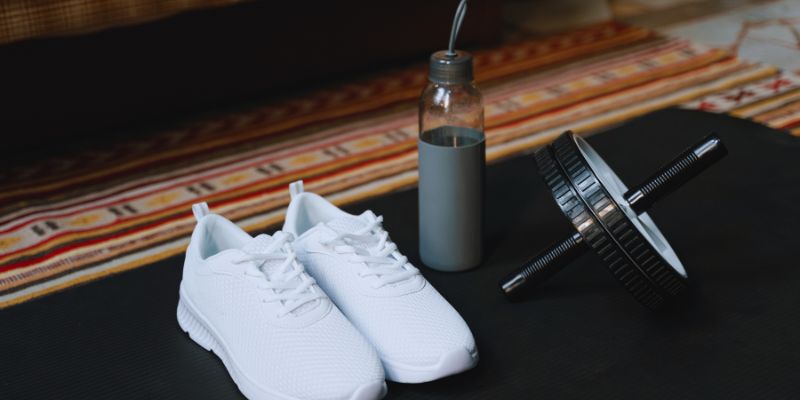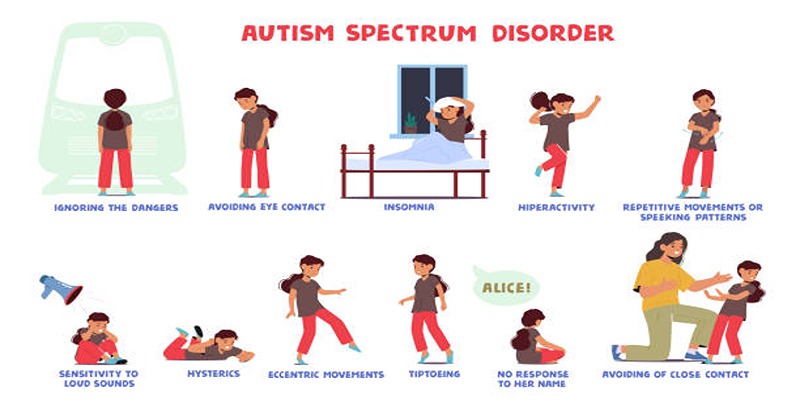Oral Medications For Diabetes: What Are Its 8 Types And How Do They Work
Oral medication for diabetes involves medicine that helps you manage your diabetes and control blood sugar levels. It is often prescribed to people with type-2 diabetes and pre-diabetes who still produce some insulin. Several types of oral diabetes medications are available, each working in a different way.
To maintain your sugar level, you need to take more than one type of medicine along with insulin. But before taking any medicine, it will be better to know all the options available, their working mechanism, and the pros and cons of each. For that, we have mentioned here the eight different types of diabetes medicines and the way they work. So, lets walk through this article!
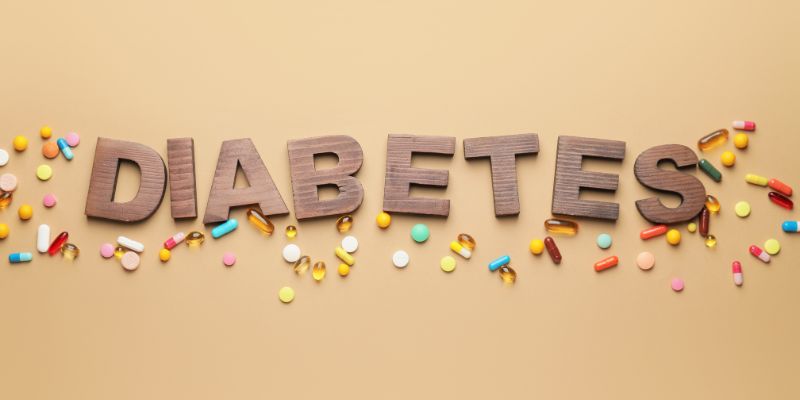
Oral Medications for Diabetes
Oral medications are only used by people with type-2 or noninsulin-dependent diabetes. Thats because, in the case of type-1 diabetes, you are dependent on insulin to manage your blood sugar levels. The main contributor to type-2 diabetes is insulin resistance, and it's a complex phenomenon. Oral medications work in many ways to lower your blood sugar and push the pancreas to produce more insulin. But, oral medications work best when combined with a carefully curated diet plan, a change in lifestyle, and regular exercise. Exercise is the key factor that works miracles in reducing insulin resistance.
If you have gestational diabetes, you may need to take oral medications. However, you will take medicines only when your dietary plan and exercise don't bring your sugar levels down to the normal range. With type-1 diabetes, you must take synthetic insulin to manage your glucose levels and live longer. The medications may include multiple daily insulin injections, inhalable insulin, and an insulin pump because insulin is not available in pill form.
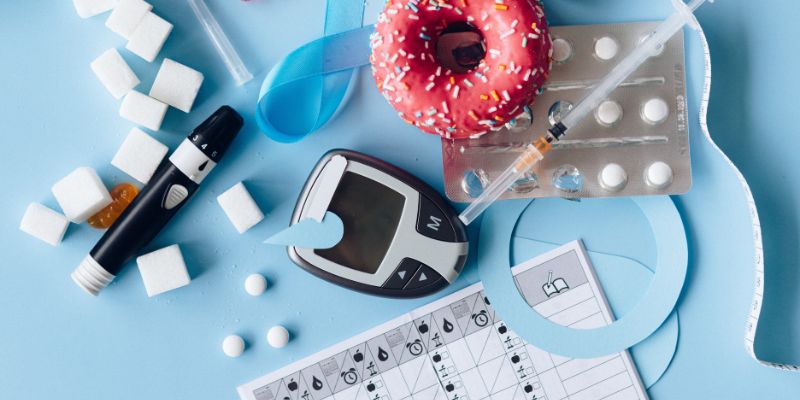
8 Types Of Oral Diabetes Medications And How They Work
The oral medications for diabetes work in different ways; sometimes, you must take more than one medication to keep your blood sugar level in a controllable range. It depends on multiple factors, from your age to weight, lifestyle, and exercise. But how should one know which medicine suits them best? It's up to your health consultant to determine how your body responds to certain medicines. You may start with one medicine and switch to another over time. Here is the list of 8 types of oral medications to treat your diabetes.
Metformin
Metformin is regarded as the most common and safe oral medication for type-2 diabetes. It lowers the amount of glucose your body makes and absorbs, allowing it to respond to your insulin. It is also completely safe for kids and doesn't cause weight gain; some people use it for weight loss. The most common side effects of using metformin are diarrhea, vomiting, and nausea when first used, but as dosage increases and it has been a few weeks, people start getting better results. People with kidney problems may suffer more; it's better to consult your doctor before using it.
Sulfonylureas
Sulfonylureas are similar to metformin; both are older classes of oral medications. Sulfonylureas help your pancreas release more insulin to lower your body's glucose level. The common side effect of using sulfonylureas is weight gain. They can also be used with metformin as prescribed by your physician.
Meglitinides
Meglitinides are an alternative to sulfonylureas. They work on the same principle as sulfonylureas, releasing insulin to regulate the amount of glucose in your blood, but they are used as short-term oral medications. They react quickly and last for a short time. You may have to take several dosages to maintain your glucose level. The common side effect of meglitinides is also weight gain.
Dipeptidyl Peptidase-4 Inhibitors
DPP-4 inhibitors, known as gliptins, are a class of oral diabetes medication. They work by averting the breakdown of GLP, a gut hormone responsible for releasing insulin and refraining your liver from making glucose, which makes you feel full. The common symptoms of DDP-4 are vomiting, nausea, joint pain in some cases, kidney problems, and, in some cases, an increased risk of heart attack. They stay longer in your body, so you don't need extended doses.
SGLT2 Inhibitors
Sodium-glucose cotransporter 2(SGLT2) is a relatively new class of oral medications for treating diabetes. It takes fewer tolls on people with kidney and heart diseases; in fact, it benefits them. It works by releasing excessive glucose and sodium from your body through urine. The common side effects reported are urinary tract infection, genital yeast infection, acid buildup in blood, and increased risk of fractures.
Thiazolidinediones
TZDs are a class of oral medications that doctors do not commonly prescribe; however, they are often suggested along with metformin, sulfonylureas, and even insulin. These medications slow down the glucose production in your liver and encourage the body to use insulin better. They are beneficial for those struggling with insulin resistance. However, their side effects include weight gain and increased risk of heart and kidney diseases.
Rybelsus
Rybelsus is the oral version of another popular injectable medication, Ozempic, for treating type-2 diabetes. It is the only medication in its class taken through the mouth. It mimics your gut hormone GLT-1, which causes your pancreas to release insulin and limit your liver's glucose production. The common side effects include diarrhea, vomiting, nausea, and, in some rare cases, pancreatitis and gallbladder disease.
Alpha-Glucosidase Inhibitors
This class of oral medication works by slowing down the absorption of simple sugar. Eventually, it lowers the glucose spike in your blood after your meal. The common side effects of this medication include bloating, stomach pain, and diarrhea. They don't affect your weight; they are mostly combined with metformin and sulfonylureas.
Conclusion:
Oral medications are generally given to patients with type-2 diabetes; these medications lower the glucose level in your blood by lowering insulin resistance, slowing the absorption of sugar in your stomach, and encouraging your body to use its insulin. The common side effects of these medications include vomiting, nausea, diarrhea, and heart and kidney conditions. It is best to consult with your health professional before taking any of these oral medications because they all work differently, and sometimes, you may need a combination of two medications to manage your glucose levels.





